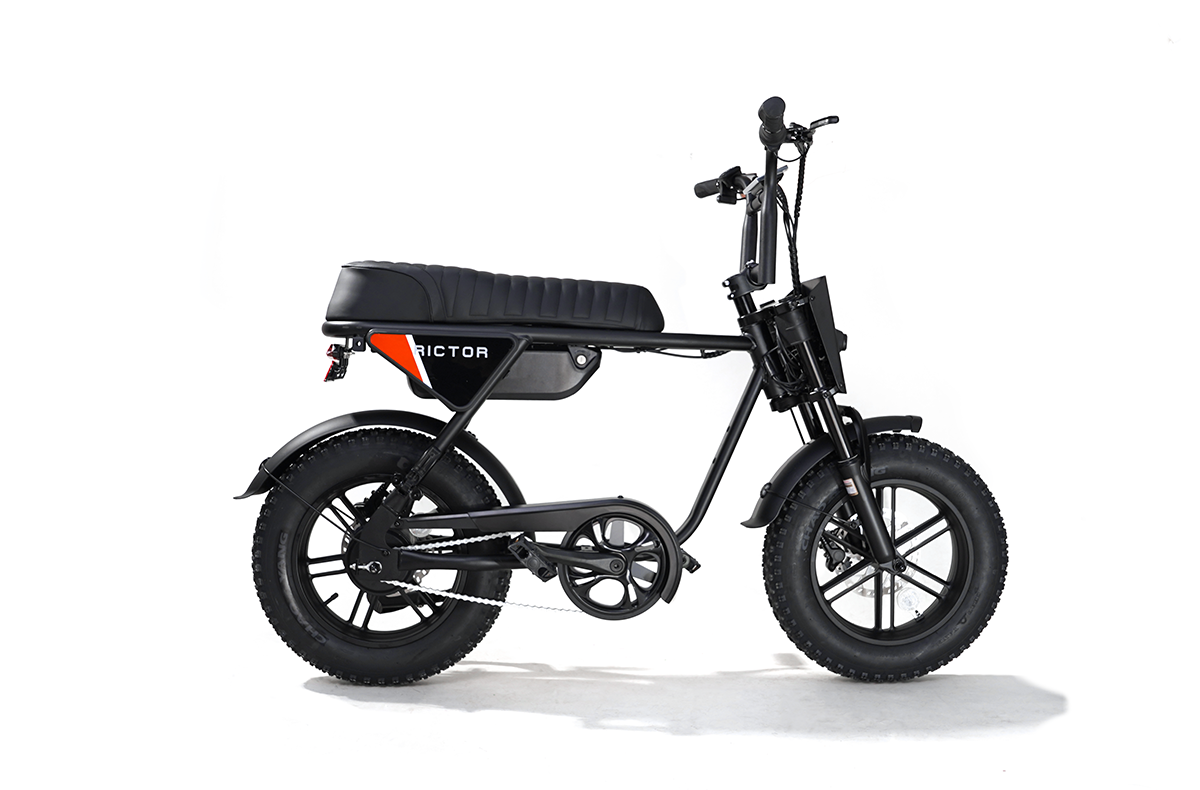
New E-Bike Battery Initial Charge / Break-In Information
Getting a new electric bike is exciting, but understanding how to care for its battery is just as important.
Your ebike's battery plays a crucial role in its performance and longevity.
In this article, we’ll cover everything you need to know about charging and breaking in your new e-bike battery.
From the best charging practices to tips for maximizing its lifespan, we’ll help you ensure your battery stays healthy and performs at its best. Let’s dive in!
New E-Bike Battery Charging Basics
When you get your hands on a new e-bike, one of the first things you’ll want to know is how to charge that battery.
For the initial charge, it’s usually best to plug it in for about 4 to 6 hours. This gives the battery a solid start, ensuring it’s ready to hit the road.
Just keep in mind that different e-bike models may have different battery specs, so check your user manual for specifics like the recommended charging time and voltage.
This will help you avoid any issues down the line.
Now, you might wonder: should you fully discharge your battery before recharging it?
First, it's helpful to know that e-bike batteries generally come in a few types: lead-acid, nickel-metal hydride (NiMH), and lithium-ion.
Among these, lithium-ion batteries are the most common due to their lightweight design and longer lifespan.
The great news is that with lithium-ion batteries, you don’t need to fully discharge them. In fact, letting them drop too low can shorten their lifespan.
When a lithium-ion battery is drained to a very low level, it enters a state called "deep discharge."
In this state, the chemical reactions within the battery can become unbalanced, leading to potential damage.
This unbalanced state can cause the battery's internal resistance to increase, which means it won’t hold a charge as well in the future.
If this happens repeatedly, the battery may develop a condition called "capacity fade," where it can hold significantly less energy over time.
A good rule of thumb is to recharge when the battery level hits around 20-30%. This keeps everything healthy and helps your battery last as long as possible.
Another point to consider is charging cycles.
Some folks think you have to drain your battery from full to empty regularly, but that’s not true.
Many experts suggest a more laid-back approach: charge it when it’s convenient for you, without stressing about those full cycles. Just keep an eye on the battery level, and you’ll be just fine.
SEE ALSO 48V or 52V Battery | Which One is Right for Your E-Bike?
Breaking In Your New E-Bike Battery
E-bike batteries vary in capacity and range depending on their type.
-
Lead-Acid Batteries: These typically offer a range of about 20-30 miles per charge. They are heavier and have a shorter lifespan compared to newer technologies.
-
Nickel-Metal Hydride (NiMH) Batteries: Usually provide around 30-40 miles per charge. They are lighter than lead-acid but still not as efficient as lithium-ion.
-
Lithium-Ion Batteries: The most common type, typically delivering between 40-60 miles per charge. Some high-capacity models can go even further, depending on factors like weight and terrain.
To help maximize your battery’s range during the break-in period, take it easy for the first few rides.
Avoid pushing your bike to the max right away. Instead, aim for a mix of speeds and terrain types.
This gentle approach allows the battery to calibrate, learning how you ride and ultimately improving its efficiency.
Tips to extend your battery's range
-
Maintain a Steady Pace: Rapid acceleration and hard braking can drain your battery faster. Smooth, consistent riding helps conserve energy.
-
Use Pedal Assist Wisely: Start on lower assist settings for casual rides. As the battery breaks in, you can gradually increase the assist level.
-
Check Tire Pressure: Keeping your tires inflated to the recommended levels reduces rolling resistance and improves efficiency.
-
Reduce Weight: Remove any unnecessary items from your bike. The lighter it is, the less effort the motor has to exert, extending your range.
Signs that your battery is broken in include a noticeable increase in range and a more consistent power delivery.
If you start seeing more miles out of a single charge, you’re on the right track.
Pay attention to how your battery responds during those initial rides, and you’ll get a sense of when it’s ready to fully unleash its potential.
Charging and Battery Lifespan
So, how does initial charging affect your battery’s lifespan?
It’s pretty crucial! A proper first charge sets the tone for your battery's life.
Charging your battery to about 80% instead of 100% is generally better for its longevity.
When a lithium-ion battery is charged to 100%, it experiences higher voltage, which can lead to stress on the battery’s cells.
This stress can trigger unwanted chemical reactions, such as lithium plating.
In this process, lithium metal forms on the anode surface, which reduces the battery’s capacity and can increase the risk of short-circuiting.
Why it’s important to start charging when your battery hits around 20%?
Letting it drop too low can be harmful. When a battery reaches 0%, it can enter a state called "deep discharge."
In this state, the battery’s voltage can drop too low, causing irreversible damage to the cells.
This can lead to reduced capacity, meaning your battery won’t hold a charge as well in the future.
By recharging at around 20%, you keep the battery in a healthier state, promoting longer life and better performance.
Temperature is another factor to keep in mind. Batteries tend to prefer moderate temperatures—not too hot and not too cold.
High temperatures can lead to increased chemical activity inside the battery, which may accelerate degradation and reduce its lifespan.
It can also increase the risk of overheating, potentially leading to safety hazards.
On the other hand, low temperatures can slow down chemical reactions, resulting in reduced performance and capacity.
The battery may not deliver power as efficiently, leading to shorter riding times. Ideally, keep your battery in a stable environment while charging to avoid these stresses.
One mistake to avoid is leaving your battery plugged in for too long after it’s fully charged.
It might seem harmless, but this can lead to overheating and damage.
Also, don’t forget about your charging routine during the break-in period.
Aim to charge regularly, but don’t overdo it.
Conclusion
Caring for your new e-bike battery from the start can significantly enhance its performance and lifespan.
By following the right charging practices and breaking it in gently, you’ll ensure that your battery operates efficiently and delivers a reliable ride.
With these tips, you’re all set to enjoy many miles of smooth cycling!
Check out the Rictor eBike K1. With a robust 48V 20AH battery powered by LG 21700 cells, this bike offers reliable performance for all your rides.
The detachable battery means you can charge it easily, so you’ll always be ready to hit the road.
Experience quality and convenience with the Rictor eBike K1 and enjoy every journey.
FAQs
How long does the break-in period last for a new e-bike battery?
The break-in period can vary, but generally, it lasts for the first 3 to 5 charging cycles. During this time, you should focus on moderate riding to help the battery adjust.
Can I use a fast charger for my new e-bike battery during the break-in phase?
While fast chargers are convenient, using them during the break-in phase is not recommended. A standard charger allows for a gentler charge, which is better for the battery's long-term health.
What happens if I exceed the recommended riding time during the break-in period?
Exceeding the recommended riding time can put extra stress on the battery, potentially affecting its performance and lifespan. It’s best to stick to shorter rides.



